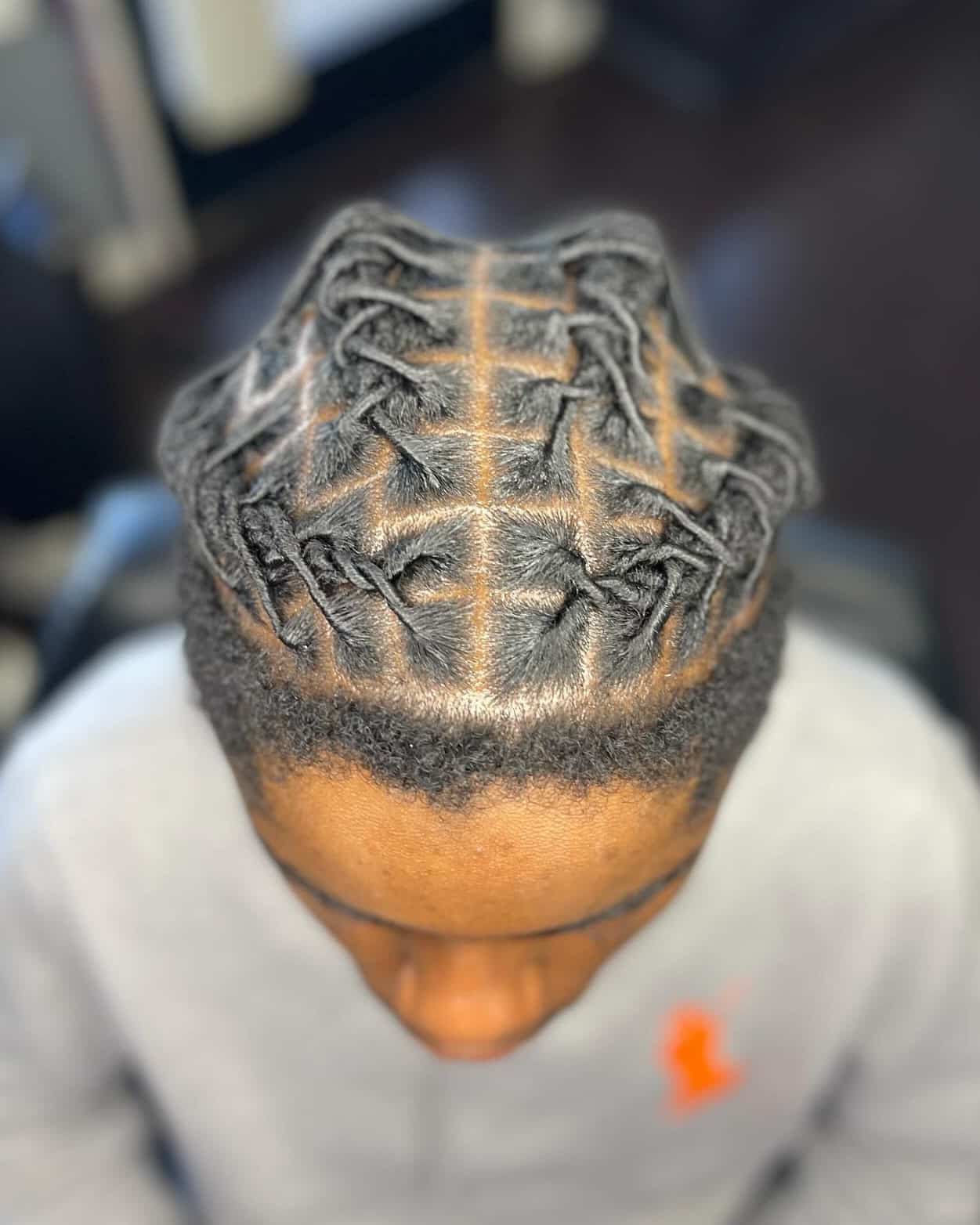What makes a rifle truly accurate? Barrel twist rate: the often-overlooked factor that can make or break your shot. It's a critical element that dictates how a bullet spins, influencing its trajectory and ultimately, its accuracy.
Rifle enthusiasts, from seasoned hunters to competitive shooters, understand the importance of selecting the right barrel twist rate. A poorly matched twist rate can lead to instability, tumbling bullets, and disappointing results. Conversely, a well-chosen twist rate can maximize accuracy and unlock the true potential of your firearm. This intricate relationship between twist rate, bullet weight, and velocity forms the cornerstone of precision shooting.
| Factor | Description |
|---|---|
| Definition | Distance for one complete rifling rotation inside the barrel, measured in inches per turn (e.g., 1:7). |
| Impact | Dictates bullet stability and spin rate, influencing accuracy, distance, and velocity. |
| Calculation | Greenhill Formula provides a baseline, but practical testing is crucial. Online calculators are available. |
| Bullet Weight Influence | Heavier bullets generally require faster twist rates for stabilization. |
| Velocity Influence | Higher velocities can exacerbate instability, requiring adjustments to twist rate. |
| Common Twist Rates (.224 Caliber) | 1:7, 1:8, 1:9 (1:8 becoming a new standard). |
| Further Information | Wikipedia: Rifling |
Navigating the world of barrel twist rates can feel like deciphering a complex code. Common twist rates like 7.5, 7.0, and 7.7 inches per turn are frequently discussed, but what do these numbers truly mean for your shooting experience? The minor diameter of the bore also plays a crucial role. Maintaining a diameter of 0.237" is essential, as deviations like 0.2365" or 0.236" can lead to early pressure signs and potential safety hazards.
Read also:Bossa Nova Civic Club Brooklyns Techno Hotspot
The physics of bullet stabilization are intricate. A tighter twist, while effective for stabilizing lighter bullets, can increase pressure within the barrel. This pressure surge can be negligible in some cases, but in others, particularly with loads near their maximum capacity, it can have catastrophic consequences. Imagine pushing a bullet through a tighter spiral it requires more force. This translates to higher pressure, which, in extreme scenarios, can damage the firearm.
Consider a .270 WSM round traveling at 3,185 feet per second. Its impact at 115 yards is substantial. The rotational speeds involved are staggering: an 8 twist barrel spins the bullet at 306,000 RPM, a 7.7 twist at 318,000 RPM, and a 7.5 twist at 327,000 RPM. Anecdotal evidence online suggests that bullets can even disintegrate at the extreme 350,000 RPM produced by a 7 twist barrel. This highlights the importance of careful load development and understanding the limitations of your chosen twist rate.
When selecting a barrel, length often takes a backseat to twist rate. While aesthetics and chassis systems play a role in determining barrel length, the twist rate remains the primary factor influencing performance. In disciplines like rimfire PRS and NRL22, where targets are engaged at shorter distances, a 16 twist barrel can suffice. However, for long-range precision shooting, optimizing the twist rate is paramount.
Choosing the appropriate twist rate for a given bullet weight and intended use is a nuanced process. For bullet weights between 147 and 185 grains, a twist rate of 1:11 or 1:12 is generally recommended. Some advocate for a 1:10 twist as a versatile all-around option. Altitude also plays a role, with higher elevations often allowing for slightly slower twist rates.
The Greenhill formula, a 19th-century creation, remains relevant for calculating twist rates, but modern ballistic calculators offer more refined results. These tools, readily available online, help shooters determine the optimal twist rate for specific bullets and cartridges.
The quest for the perfect twist rate is an ongoing journey. It involves understanding the interplay of bullet weight, velocity, and rotational forces. It requires careful consideration of the intended use and environmental factors. Ultimately, selecting the right barrel twist rate is a critical step towards achieving optimal accuracy and maximizing the potential of your firearm.
Read also:Amy Earnhardt Wife Mom More
The .224 caliber has seen an evolution in twist rates, with 1:8" gradually replacing the 1:9" as a standard. This shift reflects the trend towards heavier bullets in modern ammunition. From the 50-62 grain bullets suited for a 1:12" twist to the 77-80 grain bullets stabilized by a 1:7" twist, the spectrum of options is vast.
Beyond ballistics, the term "barrel twist" has also found its way into the world of hairstyling. Barrel twist locs and curls offer unique aesthetic expressions, demonstrating the versatility of the term. This crossover highlights the pervasiveness of the spiral form, from the microscopic grooves within a rifle barrel to the intricate coils of a hairstyle.


